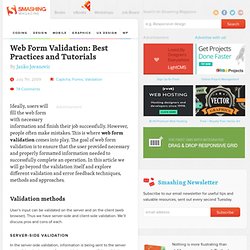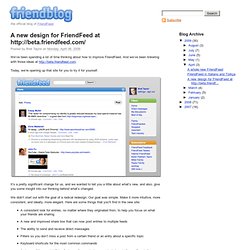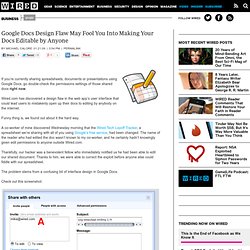

Web Form Validation: Best Practices and Tutorials. Advertisement Ideally, users will fill the web form with necessary information and finish their job successfully.

However, people often make mistakes. This is where web form validation comes into play. The goal of web form validation is to ensure that the user provided necessary and properly formatted information needed to successfully complete an operation. In this article we will go beyond the validation itself and explore different validation and error feedback techniques, methods and approaches. Validation methods User’s input can be validated on the server and on the client (web browser). Server-side validation In the server-side validation, information is being sent to the server and validated using one of server-side languages. The exception is validation using Ajax. This diagram shows differences between client-side and server-side validation and other techniques.
Client-side validation Server-side validation is enough to have a successful and secure form validation. ClickableNow: Add Links to Your Twitter Background [Free Invites. Remember when custom Twitter backgrounds were all the rage?

We even gave you some tips on how to create one. Though they haven't gone quite out of style just yet, the buzz seems to have faded a bit, primarily because as marketing tools they're limited in effectiveness — they're just static backgrounds. ClickableNow, a product of SHIFT communications and Whitley Media, is about to mix up the Twitter background space with their new service that promises active links in your Twitter background. Marketers, advertisers, and hyper-linked Twitterers can rejoice, your backgrounds are now clickable (sort of).
CilckableNow is a paid service that adds clickable hyperlinks to your Twitter background, and it'll set you back $19.95 (you can RT this post to win a free code), but otherwise using the service is rather simple. As great as this sounds, there's one big catch you might consider before you buy. Blog: A new design for FriendFeed at.
We’ve been spending a lot of time thinking about how to improve FriendFeed.

And we’ve been tinkering with those ideas at Today, we’re opening up that site for you to try it for yourself. It’s a pretty significant change for us, and we wanted to tell you a little about what’s new, and also, give you some insight into our thinking behind what’s changed. We didn’t start out with the goal of a radical redesign. Our goal was simple. A consistent look for entries, no matter where they originated from, to help you focus on what your friends are sharingA new and improved share box that can now post entries to multiple feedsThe ability to send and receive direct messagesFilters so you don’t miss a post from a certain friend or an entry about a specific topicKeyboard shortcuts for the most common commandsAnd, one of the most defining features of our redesign — and what we believe will underlie everything about FriendFeed from now on: real-time.
Google Docs Design Flaw May Fool You Into Making Your Docs Edita. If you’re currently sharing spreadsheets, documents or presentations using Google Docs, go double-check the permissions settings of those shared docs right now.

Wired.com has discovered a design flaw in the web app’s user interface that could lead users to mistakenly open up their docs to editing by anybody on the internet. Funny thing is, we found out about it the hard way. A co-worker of mine discovered Wednesday morning that the Wired Tech Layoff Tracker, a spreadsheet we’re sharing with all of you using Google’s free service, had been changed. The name of the reader who had edited the doc wasn’t known to my co-worker, and he certainly hadn’t knowingly given edit permissions to anyone outside Wired.com.
Thankfully, our hacker was a benevolent fellow who immediately notified us he had been able to edit our shared document. The problem stems from a confusing bit of interface design in Google Docs. Check out this screenshot: Here’s the next tab in the Sharing pane, People With Access: